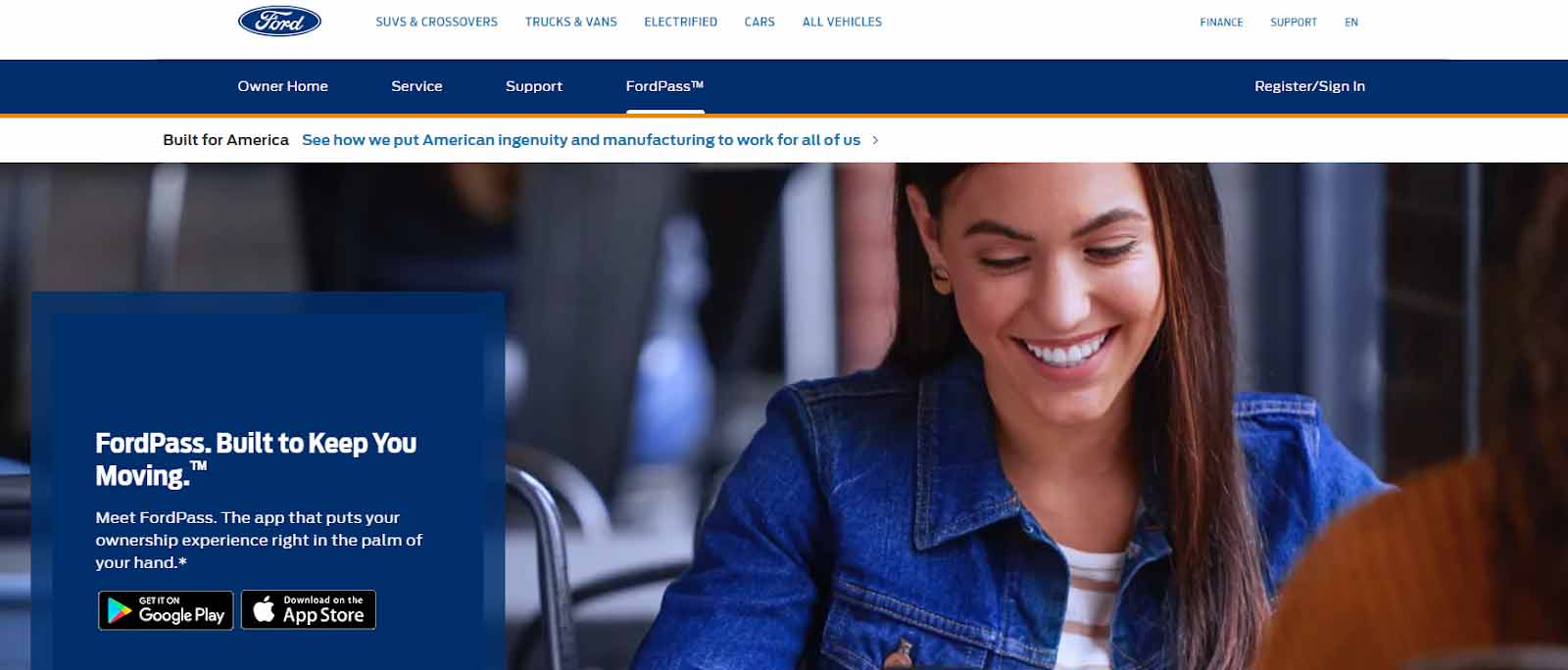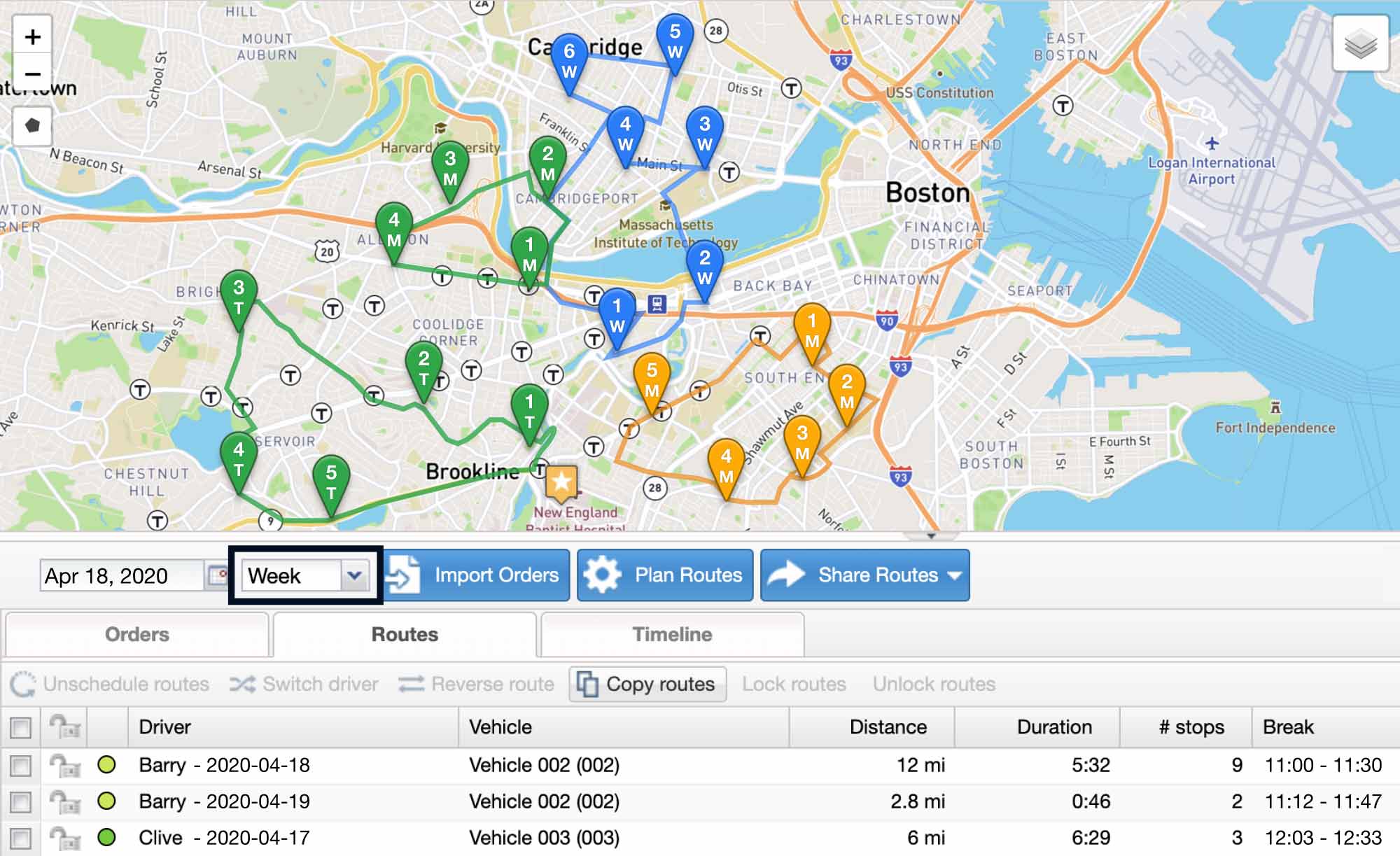Introduction to Usage Based Maintenance: Definition, Examples, and More
6 min read

Many companies settle for regularly scheduled preventive maintenance. For example, a trucking company may schedule all trucks for an oil change on the 15th every month.
It may seem like the company has covered its bases, but a time-based maintenance program isn’t perfect. It doesn’t consider the actual wear and tear.
Servicing heavily-used and barely-used equipment at the same time is very inefficient. You spend extra money on equipment that doesn’t need servicing and increase the risk of heavily-used equipment breaking down.
That’s where usage based maintenance comes in. It uses metrics and historical data to assess how much an item is used, and schedules maintenance based on that.
There’s no risk of over or under-servicing any vehicle or piece of equipment.
To navigate to the section which interests you the most, click below:
- What Is Usage Based Maintenance?
- How Is Usage Based Maintenance Tracked and Calculated?
- 4 Real-World Use Cases for Usage Based Maintenance
- What’s the ROI of Great Maintenance?
- Reduce Vehicle Wear & Tear With Better Routes and Fewer Miles
What Is Usage Based Maintenance?
A successful usage based maintenance strategy focuses on planning and scheduling maintenance based on actual equipment usage.
UBM plans measure key metrics (like miles driven or other usage data) in real time and use that to schedule maintenance tasks.
The opposite of a usage based maintenance plan is a time-based preventative maintenance plan which follows a set schedule no matter how many miles each truck drives. For instance, the oil in each vehicle is changed on the 15th each month.
Is UBM preventive or predictive?
Preventive or planned maintenance is regularly scheduled to reduce the risk of breakdowns and unscheduled maintenance. A PM program is often based on time and treats all equipment the same.
Predictive maintenance actively monitors the condition of equipment and schedules service accordingly.
UBM measures usage, not the actual condition of the equipment. But, since use directly impacts the state of equipment, most experts label it as a form of predictive maintenance.
It’s not the same as condition-based maintenance, the leading predictive maintenance strategy.
You need a dedicated maintenance system or at least basic analytics to implement UBM.
How Is Usage Based Maintenance Tracked and Calculated?
You can use UBM for all types of asset management, but it’s most commonly used for commercial fleets.
For fleet maintenance, UBM data is often tracked with a telematics solution or a mobile driving tracking app.
The data is then transmitted over a mobile data network and integrated into a dashboard where your managers and dispatchers can view it.
You can set thresholds for each maintenance task, for example, 5,000 miles driven. A UBM maintenance date is automatically calculated based on the recent usage patterns.
For example, if a vehicle has driven 3,000 miles over the past week, it will break that down. Based on the average of 600 miles per workday, it will schedule an oil change for the next Thursday, when the truck has likely reached 5,000 miles.
You can also combine these metered requirements with time intervals and a preventive maintenance program.
Many telematics providers offer automatic UBM scheduling as a part of their system.

This is what it looks like in Samsara. It gives you a heads up for trucks that have passed the recommended time for maintenance work.
Real-time data is easier to work with than scheduled meter readings.
It’s not a perfect way to track actual utilization, but it’s better than a calendar date alone.
4 Real World Use Cases for Usage Based Maintenance
There are many real-world use cases for a UBM maintenance plan. Let’s take a closer look at four of these.
1. Fleet maintenance (for trucking, delivery, and field service companies)
Any company with a private fleet could benefit from implementing UBM. You can lower maintenance costs and reduce the risk of equipment failure.
As a field service, trucking, or delivery company, you can’t afford to rely on corrective maintenance. Waiting until a vehicle breaks down will slow down your business and could even cost you customers.
You don’t want to unnecessarily miss even a single delivery due date or work order.
UBM is such a ubiquitous service model for fleet management that Ford has developed a telematics solution called Ford Pass Plus for commercial fleets.

More and more companies are making the switch from regular planned maintenance schedules.
2. Stocking on vehicle parts
Beyond general fleet maintenance, you can also use UBM to model out when you should replace vehicle parts like tires, brake pads, and more.
Restocking the right parts at the right time is also a crucial part of maintenance management.
3. Warehouse management
If you want to keep your warehouse running smoothly, you need all your equipment online. For one thing, you likely have a small fleet of lift trucks and other vehicles inside.
Add in all the other mechanized tools and machinery, and there’s a lot to manage and maintain.
If even a single conveyor belt breaks down, you risk slowing down all deliveries considerably. To avoid this, you can actively track how many packages a single machine handles.
4. Manufacturing
Active runtime is everything for manufacturing plants and companies. The primary maintenance KPI is how often the plant has to stop and how long it stays down.
Unplanned maintenance and downtime can cost tens of thousands of dollars every single hour. UPM can help you minimize downtime.
What’s the ROI of Great Maintenance?
According to the Marshall Institute, unplanned or reactive maintenance is up to five times more expensive than scheduled preventive maintenance.
The added benefit of a good implementation of UBM is that you also decrease the risk of unexpected breakdowns or downtime.
At a factory or data center, unplanned downtime can mean hundreds of thousands of dollars in lost revenue.
But even the unexpected breakdown of a single delivery truck is a major logistical headache and can cost you thousands of dollars.
So the value of preventive maintenance can be significant. According to MicroMain, the average ROI is 545%.
Plus, with UBM, you don’t waste money on lightly-used equipment, so you get the best bang for your buck.
Reduce Vehicle Wear & Tear With Better Routes and Fewer Miles
Even with a UBM program in place, you’ll still end up spending more than you need to on maintenance if you haven’t optimized your routing.
If you still map routes for your drivers manually, you’re wasting your company’s time and money.
Reduce mileage by 20% or more with route optimization
Route optimization is the perfect way to reduce wear and tear on your vehicles. Smarter routes mean your drivers can drive shorter distances while handling more deliveries.
With OptimoRoute, Hardie’s Fresh Foods reduced total miles driven by 20% while increasing their delivery capacity by 14%.

330 more deliveries per day, without having to add a single new vehicle or driver. Sounds almost too good to be true, right?
That’s how much more efficient the software is.
Avoid failed deliveries (and redeliveries) by accounting for real-world constraints
You can also avoid your drivers having to drive back to the same location twice by eliminating failed deliveries.
OptimoRoute automatically accounts for delivery time windows, preferred weekdays, unloading times, and more when planning routes.
Along with real-time order tracking and SMS or email notifications for your customers, this helps reduce the chance of failed deliveries and your drivers having to make a second run.
Plan daily deliveries or long-haul routes for up to five weeks in advance
OptimoRoute supports both intricate local delivery routes and multi-day long-haul routes for trucking companies.
You can quickly plan routes on a daily basis or plan for up to five weeks in advance in mere minutes.

The flexibility of our software doesn’t end there. If you get any last-minute cancellations, orders, or changes, you can quickly adapt the plan in real time.
Once you’ve made your changes, you can send the updated routes to your drivers via our mobile app.
Conclusion
Implementing a usage based maintenance program in your company can be a great way to reduce costs and the chance of vehicle breakdowns or production downtime.
OptimoRoute can help you improve the root cause of vehicle wear and tear with shorter and more efficient routes (and a more equally distributed workload).
Beyond the maintenance savings, you’ll also save on fuel costs, improve your delivery capacity, speed up your planning, and set your company up to grow and scale.
Start your 30-day free trial today to see how OptimoRoute can boost your fleet efficiency and reduce mileage.
Try OptimoRoute™ for Free
No installation or credit card required


